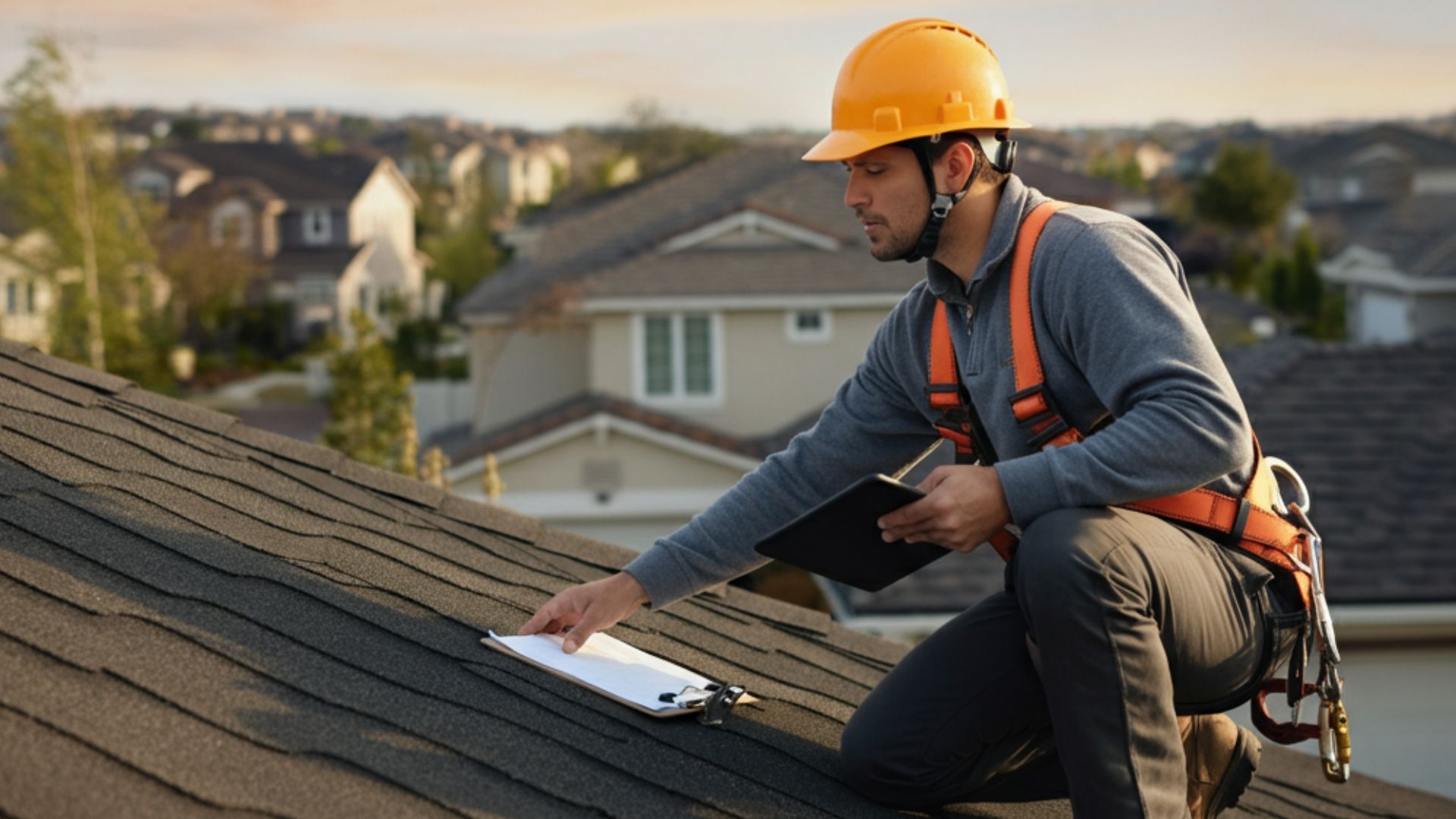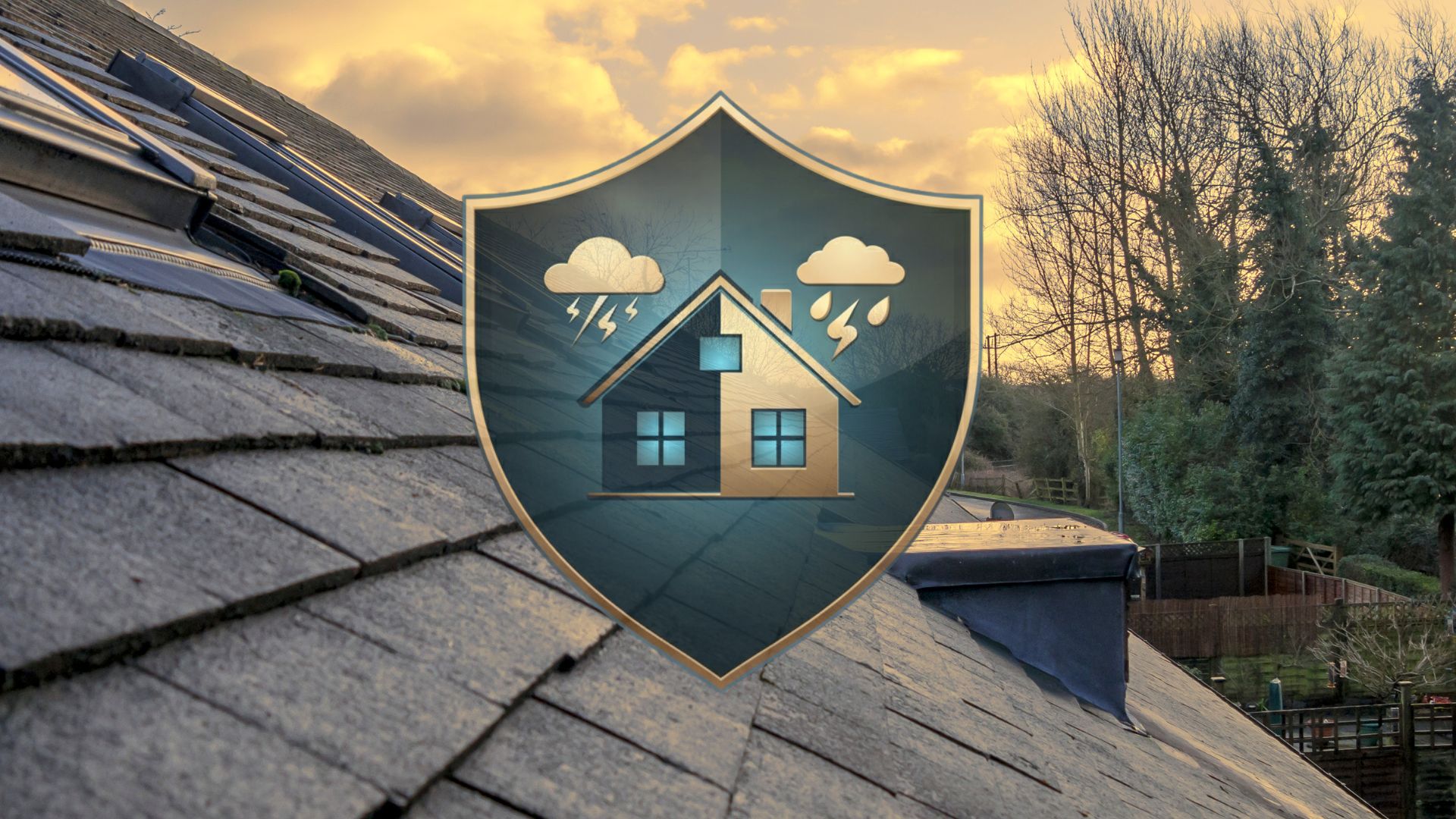Buying a home is a major milestone, but for an increasing number of buyers, the road to homeownership is becoming more complicated. Across the country, insurance companies are tightening their underwriting requirements, and aging roofs are emerging as a significant hurdle.
Many homebuyers are finding themselves caught in a frustrating cycle—unable to secure insurance policies that mortgages require for closing. This growing challenge is leaving buyers and sellers searching for creative solutions to keep deals intact.
Why Are Insurers Focusing on Roof Age?
The stricter criteria for roof coverage aren’t random. They stem from a combination of economic pressures and increased risks. The cost of claims for home insurance has been rising faster than inflation, and natural disasters like hailstorms, hurricanes, and wildfires are becoming more frequent and severe.
The result? Insurers are scrutinizing roofs more than ever before. Roofs older than 15 or 20 years are now flagged as higher risk, even if they’re constructed from materials rated to last 30 years or more. Some insurers refuse to issue new policies unless the roof passes an inspection or is replaced outright. Others offer limited options, such as actual cash value policies, which factor in depreciation and provide smaller payouts than replacement cost policies.
Real Estate Sales Delay Under Insurance Scrutiny
For real estate agents, the insurance hurdles on properties with aging roofs are creating delays and derailing deals. Properties that once sold without issues are now subject to extensive scrutiny during the underwriting process. Many buyers are forced to shop around for a more flexible insurer or explore alternative policies with potentially less coverage.
This trend is reshaping how agents approach transactions. Some are adding insurance contingencies to agreements, allowing buyers to walk away if they can’t secure affordable coverage. This safeguard has become essential in markets where older homes dominate the landscape.
Understanding the Bigger Picture
These challenges reflect broader shifts in the insurance industry. Insurers are grappling with how to manage growing claims while staying financially viable. The issue is especially pronounced in disaster-prone areas, leading some companies to pull out of certain regions altogether.
While states like Florida have enacted policies regulating how insurers handle roof coverage, most parts of the country don’t have such protections. This leaves buyers and sellers navigating a patchwork landscape where securing coverage often feels like a game of chance.
The ripple effect isn’t limited to disaster regions. Homeowners everywhere are affected as insurers spread risk and raise premiums across the board—casting a wider net to recover from significant losses driven by extreme weather events.
Creative Solutions to Overcome the Challenges
While this landscape is undeniably complex, there are ways buyers and sellers can work through these obstacles. For instance, many real estate transactions now involve compromises over roof replacement costs. Sellers may offer to share expenses, and buyers might roll their share into the mortgage to make the outlay more manageable.
These strategies can be beneficial for both parties. Sellers move their property, buyers close on their dream home, and deals move forward despite insurance hurdles. However, crafting these solutions requires preparation and cooperation.
Tips to Prepare for Older Roof Challenges
For buyers, homeowners, and sellers, navigating these challenges means staying proactive and informed. Here are a few steps to consider when dealing with older roofs and insurance coverage:
- Get a Roof Inspection Early: If you’re planning to buy a home with an older roof, invest in a professional inspection before making an offer. Knowing the roof’s condition can help you negotiate with confidence.
- Look for Flexible Insurers: Some insurance providers have stricter roof-age criteria than others. Researching multiple companies can help you find one that meets your needs.
- Include an Insurance Clause: For buyers, ask your real estate agent to include an insurance contingency in your contract. This allows you to back out of a sale if coverage becomes an obstacle.
- Work Together on Repairs: If the roof becomes a sticking point, explore shared-cost solutions with the seller. Rolling repair expenses into the sale price or mortgage can make it more manageable.
- Plan Repairs Preemptively: For homeowners thinking about selling, upgrading or maintaining your roof before listing your property may eliminate barriers when negotiating with future buyers.
Moving Forward in a Changing Market
The insurance industry’s tighter grip on roof coverage reflects larger trends reshaping both real estate and finance. Severe weather, rising material costs, and claims fraud are challenging insurers as they try to balance risk with affordability. For homebuyers, this means navigating a market where securing insurance is no longer a simple process.
While the challenges are significant, the path forward lies in preparation and adaptation. Understanding these insurance requirements ahead of time, communicating clearly with all parties involved, and creating strategic solutions are key to making homeownership attainable—even when the roof might say otherwise.
With thoughtful planning, buyers and sellers alike can find common ground, closing deals without unnecessary delays or surprises from insurers.


